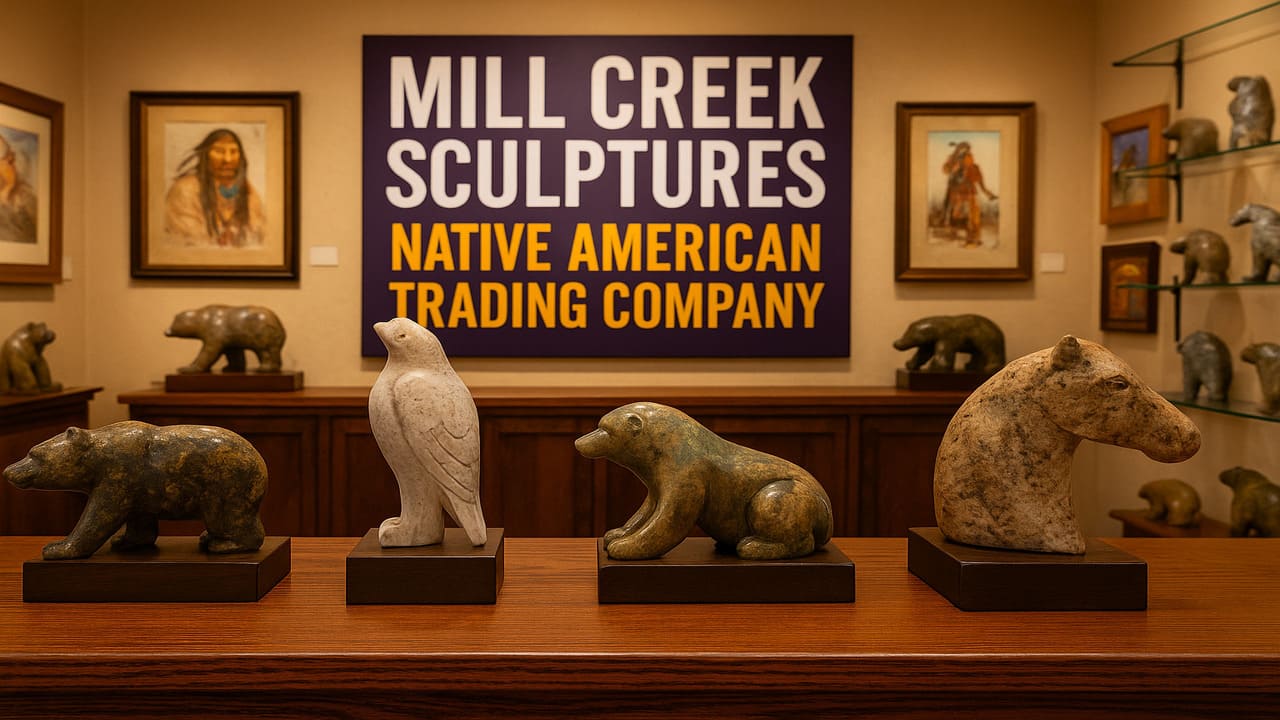
Visit MarkTwain Lake – Mill Creek sculptures hold a special place in the realm of Native American artistry. Emerging from traditions rooted in history and culture, these pieces are not simply decorative objects but serve as storytellers of a people’s legacy. Each sculpture carries with it a sense of identity, reflecting beliefs, practices, and the creativity of the artisans who make them.
The Native American Trading Company has been instrumental in preserving and promoting these sculptures, ensuring that visitors from around the world gain access to authentic works of art. By purchasing a Mill Creek sculpture, one does more than acquire a souvenir; they are engaging with a narrative that connects the past with the present and supports the continuation of Native artistic traditions.
The beauty of Mill Creek sculptures lies not only in their visual appeal but in the craftsmanship that goes into creating them. Artists often spend countless hours shaping, carving, and detailing each piece. Their hands translate years of heritage into forms that reflect animals, spirits, and symbols tied deeply to Native American culture.
These sculptures also vary widely in style and material. Some are crafted from wood, while others incorporate stone, clay, or metal accents. Regardless of the medium, the final result is always infused with meaning. A bear might symbolize strength, an eagle freedom, or a turtle longevity. For collectors and visitors, this makes every sculpture not only a keepsake but also a piece of cultural storytelling.
Also Read : Compass of the Lake: Navigating Stories and Heritage at Mark Twain Lake
Souvenirs often serve as tangible reminders of places visited and cultures experienced. However, not all souvenirs hold equal weight. Many mass-produced items lack authenticity or connection to the communities they are supposed to represent. Mill Creek sculptures stand apart in this respect, offering buyers a true reflection of Native craftsmanship and cultural pride.
Purchasing such pieces also has an impact beyond the individual. By supporting Native American artisans and galleries like the Native American Trading Company, visitors contribute to economic sustainability. This allows traditions to be passed on, young artists to be trained, and cultural practices to remain vibrant for future generations.
Mill Creek sculptures often feature recurring themes that speak to the spiritual and natural world central to Native beliefs. Among the most popular motifs are:
These recurring themes help visitors appreciate not only the artistry but also the deeper worldview embedded within each sculpture.
The Native American Trading Company has built a reputation for curating and distributing authentic Native art. By providing a trusted space where customers can purchase Mill Creek sculptures, the company ensures that the work of Native artisans is respected and valued. Their gallery and retail presence act as bridges between artists and buyers, fostering cross-cultural understanding.
Beyond commerce, the company plays a role in education. Exhibitions, artist spotlights, and cultural events are often hosted to introduce visitors to the traditions behind the artworks. In this way, the Native American Trading Company contributes to preserving heritage while also keeping it accessible in modern contexts.
Read More : Mchoice Mint Awards 2025: Who Took Home the Biggest Wins This Year
Rather than closing with a traditional conclusion, it is worth considering how Native American art, including Mill Creek sculptures, fits into broader contemporary life. These works are no longer confined to museums or cultural centers; they are increasingly finding places in homes, offices, and public spaces around the world.
This expansion reflects a growing appreciation for authenticity, craftsmanship, and cultural depth. For many, owning a Mill Creek sculpture is not just about decoration it is about aligning with values of respect, storytelling, and cultural preservation. As global audiences continue to seek meaningful connections through art, Native American traditions will remain both relevant and inspiring in the years ahead.